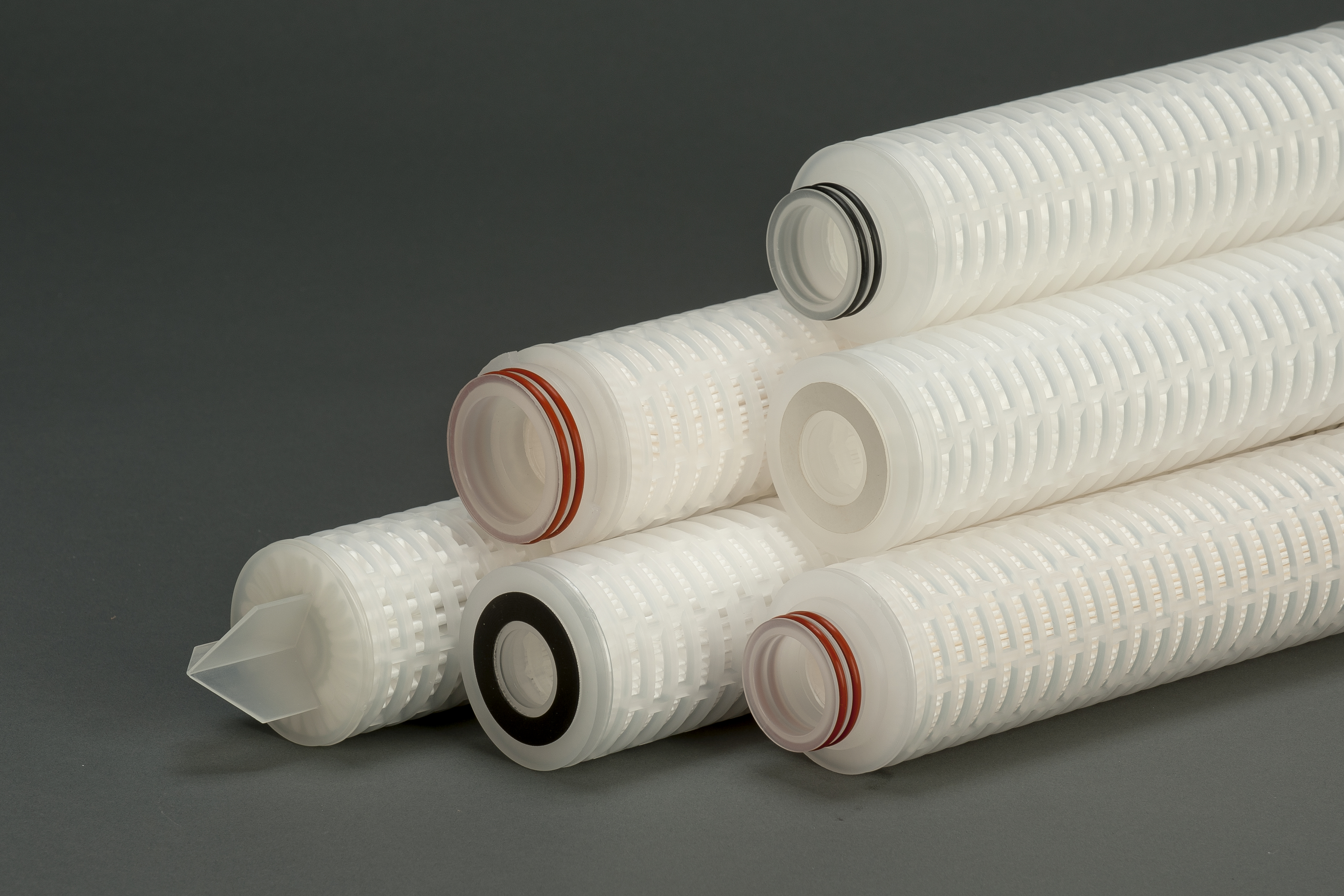Filtration Options for Brackish, High Salinity and Sea Water
Filtration of brackish, highly saline or sea water presents a unique set of challenges compared with fresh water applications. High salt content, suspended solids, organic matter, and microbiological activity all contribute to fouling and corrosion issues that can rapidly shorten the life of filtration and downstream treatment systems.
Applications range from desalination pre-treatment, cooling water protection, marine process water, and offshore platform utilities, through to aquaculture and coastal industrial intake systems. Regardless of the sector, effective filtration is key to protecting high-value assets such as reverse osmosis membranes, heat exchangers, pumps, and instrumentation.
To choose the right filtration system, it’s important to understand the salinity level and the stage of treatment:
|
Water Type |
Typical Salinity (mg/L TDS) |
Example Source |
|
Brackish Water |
1,000 – 10,000 |
Estuaries, boreholes near coastlines |
|
High Salinity Water |
10,000 – 30,000 |
Produced water, concentrated brine streams |
|
Sea Water |
~35,000 |
Ocean and marine intakes |
The Role of Filtration in Saline Water Treatment
Before any desalination or process use, brackish, saline and seawaters must be filtered to remove:
- Suspended solids and silt
- Algae and bio-organic material
- Corrosion products
- Shell fragments and sand
- Scale particles and precipitates
Effective pre-filtration ensures long-term stability and performance of downstream membrane or ion exchange systems, while also reducing chemical dosing and maintenance costs.
Common Filtration Stages
Intake Protection – Coarse Filtration
At the intake stage, the aim is to stop large debris and marine matter before they reach pumps and finer filtration systems.
Typical options:
- Intake screens (bar screens, drum or traveling band screens)
- Strainers (basket or automatic self-cleaning filters)
- Bag filters (50–200 µm nominal) for lower flow, enclosed systems
These systems protect downstream filters from overload and are often self-cleaning to handle variable load conditions.
Primary Filtration – Depth or Cartridge Filters
This stage targets fine silt, sand, and organic matter that could foul membranes or cause high pressure drops.
Preferred technologies:
- Depth cartridge filters (polypropylene or glass fibre): 1–50 µm nominal
- Pleated cartridge filters (polypropylene, polyester, or PVDF): 1–10 µm absolute
- Bag filters (10–50 µm) for high flow and lower cost operations
For seawater, polypropylene and polyester are preferred materials due to their chemical resistance. Nylon and cellulose should be avoided because they can degrade in saline conditions.
Fine Filtration – Membrane Pre-Filtration
Before desalination or fine separation (e.g., reverse osmosis), fine filtration ensures SDI (Silt Density Index) levels are typically below 3–5.
Typical configurations:
- 5 µm absolute-rated pleated cartridges
- High surface area multi-round housings or high-flow cartridge systems
- Hybrid cartridge filters (e.g. thicker pleated media) to extend filter life
In critical desalination pre-treatment systems, filters are often installed after media or ultrafiltration units to capture any fines carried over.
Material Selection for Saline Environments
Saline water is corrosive, particularly to standard metals and elastomers. Material selection is therefore crucial.
|
Component |
Recommended Material |
Notes |
|
Filter Media |
Polypropylene, Polyester, PVDF |
Excellent chemical resistance |
|
Core/Cage |
Polypropylene, Glass-Filled Nylon |
Avoid metal cores |
|
End Caps |
Polypropylene, PVDF |
Bonded for integrity |
|
Housing |
GRP, PVC-U, PVDF, Duplex SS, Super Duplex SS |
Avoid 304 SS and aluminium |
|
Seals |
EPDM, Viton (FKM) |
Check compatibility with brine chemistry |
For offshore and coastal installations, Super Duplex stainless steel housings offer long-term resistance to chloride-induced corrosion, while plastic housings (Polypropylene, GRP, PVC-U, or PVDF) suit lower pressure or temporary systems.
Special Considerations for High Salinity and Produced Water
When dealing with high-salinity process water (e.g. produced water in oil & gas or industrial brines):
- Oil droplets and emulsions may be present → use coalescing filters or adsorptive depth filters
- Scaling tendencies increase → consider anti-scalant dosing and regular backwashing
- High temperature or pH extremes may require PTFE or PVDF-based filter media
Example Filtration Train for Seawater Desalination
|
Stage |
Purpose |
Typical Filter Type |
Rating |
|
Intake |
Remove coarse solids, shells |
Drum screen / self-cleaning filter |
1000–5000 µm |
|
Primary |
Remove sand, silt, algae |
Bag filter / depth cartridge |
50–20 µm |
|
Secondary |
Protect RO membranes |
Pleated cartridge |
5 µm absolute |
|
Polishing |
Final protection |
Fine pleated cartridge |
1 µm absolute |
This combination provides robust, layered protection that balances filtration efficiency, flow rate, and filter life.
Maintenance and Operational Tips
- Monitor differential pressure and change cartridges at typically 1.5–2.5 bar ΔP to prevent reduced flow.
- Rinse or backflush housings with fresh water to prevent salt crystallisation.
- Avoid stagnant seawater in filter housings – flush or drain after shutdowns.
- Use sacrificial anodes in metal housings where galvanic corrosion is a risk.
- Maintain SDI testing before RO units to verify pre-filtration performance.
Filtering brackish and seawater is not simply about selecting a micron rating — it’s about understanding the water chemistry, particle load, and corrosion environment. Using the right combination of coarse, depth, and fine filtration ensures stable operation of desalination and process systems, maximises membrane life, and reduces overall running costs.
With the correct filter media and housing materials, systems can operate reliably even in the harshest saline environments — whether you’re running an offshore platform, marine desalination unit, or coastal industrial plant.
If you have any questions then you can give us a call or send us an email - we’d be more than happy to help.
You can also read more in our blogs:
- Prefiltration: Choosing The Right Cartridge Filters
- Why Cartridge Filters Block Too Quickly: 7 Common Causes & Fixes
- Reverse Osmosis Membrane Protection
- Guide to Selecting the Right Micron Rating
PoreFiltration – Making your filtration systems work harder





